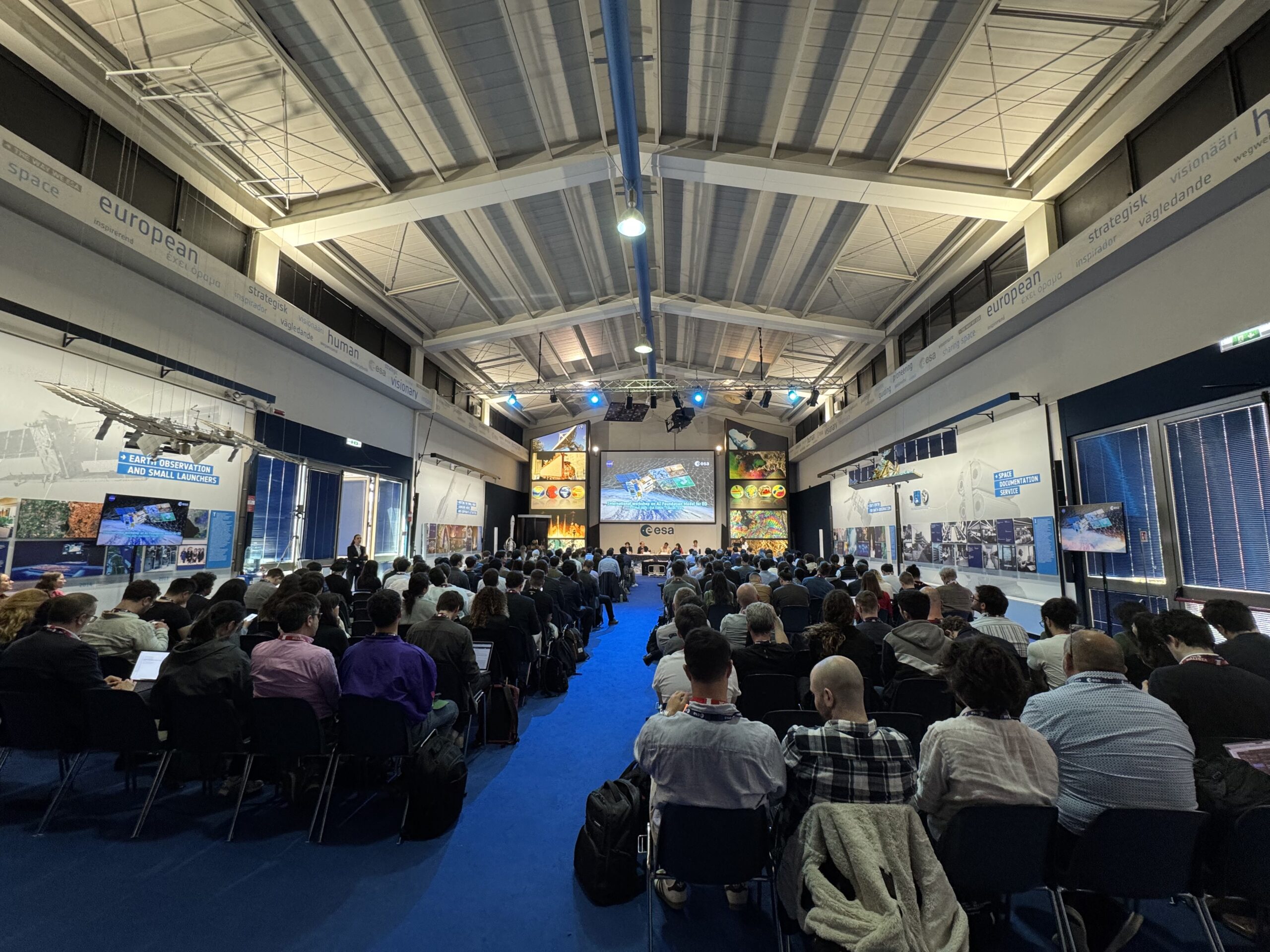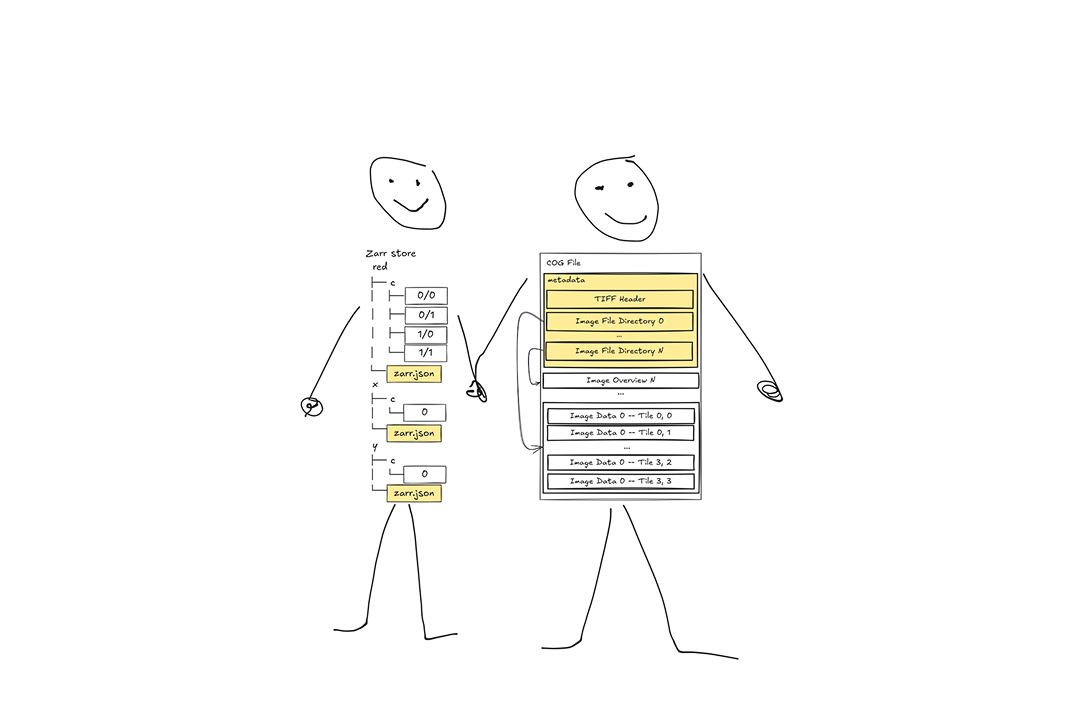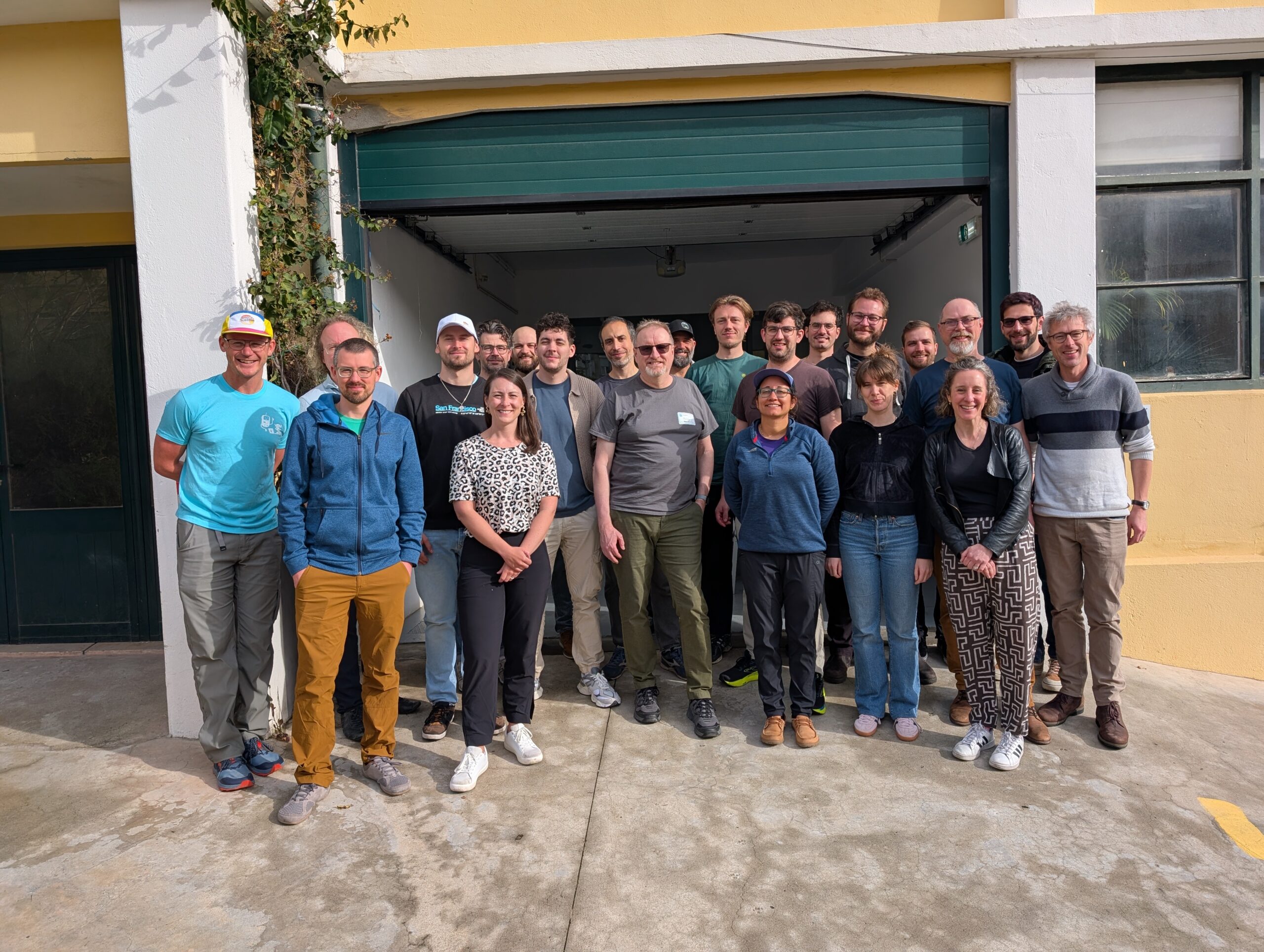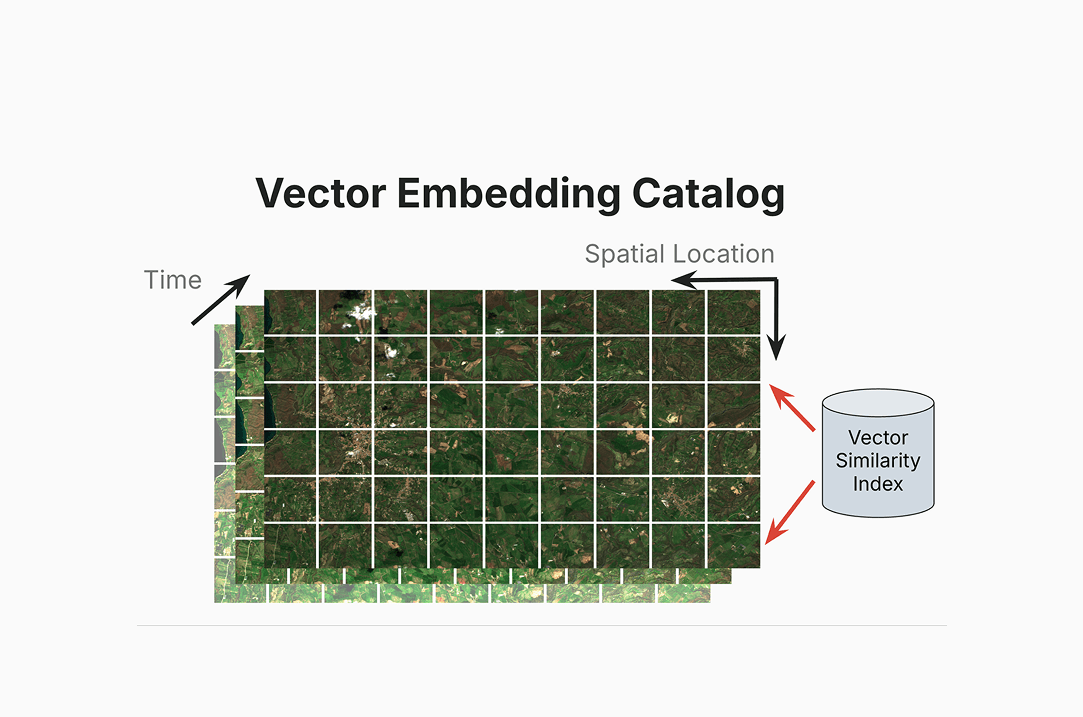All blog posts
<- View categories
-

Chunks and Chunkability: Tyranny of the Chunk
We discuss our attempt to understand chunks and chunking more deeply including where we are today and where we might go from here.
-
Chunks and Chunkability: Tyranny of the Chunk
We discuss our attempt to understand chunks and chunking more deeply including where we are today and where we might go from here.

-
Perceived Gaps in Earth Observation
At Element 84, our team looks forward to the Spring season and the return of a busy conference schedule every year. Our time attending, presenting, and learning at conferences helps us to feel connected and plugged into trends in the geospatial industry and beyond. It also allows us to receive feedback on our team’s latest…

-
Is Zarr the new COG?
Just to be upfront and get it out there: no. Despite what you may have heard, Zarr is not (yet) a replacement for the Cloud-Optimized GeoTIFF (COG) format. Zarr is great for Level 3 and Level 4 n-dimensional data cubes. COG is great for Level 1, Level 2, and other non-data-cube rasters. Enthusiastic Zarr users…

-
Zarr + STAC
As part of our work writing a STAC + Zarr Report for the Cloud Optimized Geospatial Formats Guide our team is exploring the partially overlapping goals of STAC and Zarr and offering suggestions for how to use them together. This effort is particularly relevant currently due to several recent developments in the space that we…

-
STAPI Sprint #5: 0.1 Release
We recap our most recent STAPI Sprint in Lisbon. We worked toward evolving the satellite data ordering process, and released version 0.1.

-
Prioritizing Responsible AI
AI is moving fast. It’s moving faster than we can govern and regulate it, and even sometimes faster than our understanding of its full impact. As we push the boundaries of what AI can do, everyone is scrambling to keep up. Thus, the guidance and governance around AI usage are still evolving. In this time…

-
Generating truly useful solutions to real problems with the help of user experience and AI
We discuss how AI and user experience methodologies might serve to connect scientists and researchers back to important data and technology to solve the world’s biggest problems.

-
The State of Geospatial AI Heading into 2025
For the second year in a row, I spent the week after Thanksgiving in Las Vegas, immersed in AWS re:Invent. Last year’s conference left me energized and inspired— geospatial AI was just beginning to emerge as a transformative force. This year, as anticipated, AI took center stage, with a wealth of sessions dedicated to its…


